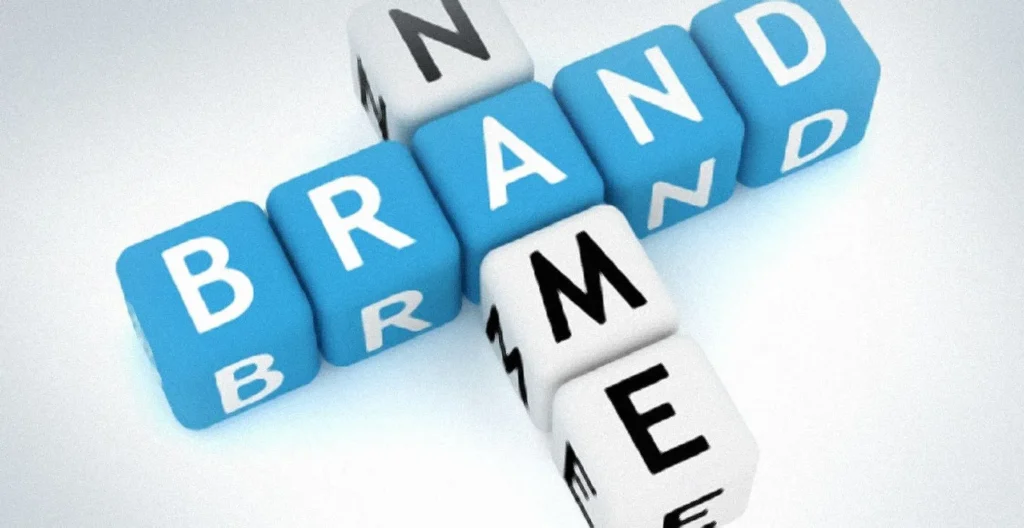In the vast digital landscape, logos serve as the visual ambassadors of websites, encapsulating the essence of brands in a single, memorable image. The logos of websites are not merely graphic elements; they are powerful symbols that convey identity, values, and a unique brand narrative. This blog takes a deep dive into the world of websites logos, exploring their significance, design principles, and the impact they have on shaping online experiences.

The Power of Logos on Websites:
1. Visual Identity:
Logos are the cornerstone of a website’s visual identity. They are the first point of contact between a brand and its audience, leaving a lasting impression that extends far beyond the digital realm.
2. Brand Recognition:
An effective logo ensures instant brand recognition. Think of iconic logos of websites like the golden arches of McDonald’s or the swoosh of Nike – these symbols are etched into our collective consciousness.
3. Memorability:
Memorable logos are the ones that stand the test of time. A well-designed logo creates a visual imprint, making it easier for users to recall and identify the brand among the myriad of options online.
4. Conveys Brand Personality:
Logos of websites encapsulate the personality of a brand. Whether it’s the playfulness of Google’s multicolored letters or the sophistication of Apple’s bitten apple, logos convey a brand’s character and values.
Principles of Designing Logos for Websites:
1. Simplicity:
The best logos are often the simplest. A clean and straightforward design ensures clarity and makes the logo easily recognizable across various digital platforms.
2. Versatility:
Logos of website must be versatile enough to look good on various screen sizes and backgrounds. A well-designed logo maintains its integrity whether displayed on a website header, social media profile, or mobile app.
3. Relevance:
A logo should reflect the core values and offerings of a website. It should resonate with the target audience and convey a message that aligns with the brand’s mission.
4. Timelessness:
While trends come and go, a timeless logo stands the test of time. Avoiding overly trendy elements ensures that the logo remains relevant and doesn’t require frequent updates.
5. Uniqueness:
A distinctive logo sets a website apart from the competition. Originality in design is key to creating a logo that captures attention and leaves a lasting impression.
Examples of Exceptional Logos:
1. Google:
Google’s logo is a prime example of simplicity and playfulness. The multicolored letters reflect the brand’s vibrant and diverse nature, creating a friendly and approachable image.
2. Amazon:
The arrow in Amazon’s logo, stretching from ‘A’ to ‘Z,’ cleverly signifies the extensive range of products available on the platform. It’s a subtle yet powerful representation of Amazon’s commitment to offering everything.
3. Nike:
The Nike swoosh is iconic, representing movement, speed, and victory. It’s a minimalist design that has become synonymous with the brand’s ethos of athleticism and excellence.
4. Apple:
Apple’s logo, a simple bitten apple, is synonymous with innovation and a design-forward approach. The sleek and recognizable emblem has become an emblem of quality and sophistication.
Evolving Trends in Logos of Websites:
1. Responsive Logos:
With the proliferation of various devices, logos are evolving to be responsive. They adapt to different screen sizes, ensuring a consistent and visually appealing experience for users.
2. Minimalism:
Minimalistic logos continue to dominate the digital landscape. Stripping away excess elements, these logos of Websites focus on essential design elements, making a bold and impactful statement.
3. Animated Logos:
Animation is becoming increasingly popular in website logos. Subtle movements or dynamic transformations add an interactive and engaging element to the brand’s visual identity.
4. Geometric Shapes:
Geometric shapes are making a comeback in logo design. From circles and triangles to intricate polygons, these shapes bring a sense of balance and modernity to website logos.
Crafting Your Website Logo:
1. Understand Your Brand:
Before diving into design, understand your brand identity, values, and target audience. This foundation will guide the design process.
2. Research Your Industry:
Analyze the logos of websites in your industry. Identify common trends and elements, ensuring your logo stands out while remaining relevant.
3. Collaborate with Designers:
Engage with professional designers who understand the nuances of digital design. Collaborative efforts often result in logos that perfectly encapsulate a brand’s essence.
4. Seek Feedback:
Test your logo with a select audience or colleagues. Honest feedback can reveal insights and perspectives you might have overlooked

